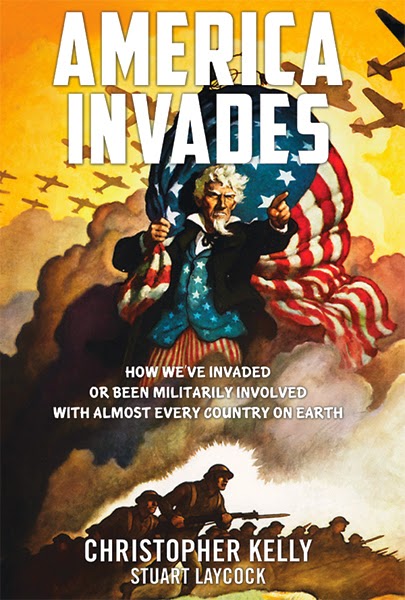 |
| Alexander Hamilton, Architect of Liberty -- 1757 - 1804 |
There is a "bias for action" running like a skein through the thread of American history right from our founding to the present day. To simply attempt a crossing of the Atlantic in the 16th century required a huge amount of personal courage--a willingness to "take the plunge." It was not the "essay", "Op-ed" or "thought piece" heard round the world; no it was shots fired by relatively simple farmers at Concord bridge who, in their frustration with the crown, felt compelled to act. The absence of a bias for action, on the other hand, was a very poor survival trait for life on the frontier in the American West.
The bias for action is reflected in our US constitution with its three distinct branches of government. Congress is the deliberative body that passes laws and controls the "power of the purse." The judicial branch weighs in administering the laws while the Supreme Court judges the Constitutionality of laws passed by Congress. The Presidency or Executive branch, however, provides the critical active principle which moves the ship of state forward.
As Alexander Hamilton wrote in the Federalist papers, "Energy in the Executive is a leading character in the definition of good government. It is essential to the protection of the community against foreign attacks; it is not less essential to the steady administration of the laws; to the protection of property against those irregular and high-handed combinations which sometimes interrupt the ordinary course of justice; to the security of liberty against the enterprises and assaults of ambition, of faction, and of anarchy." One could argue that Hamilton's own personal "bias for action" led him astray in accepting Burr's fateful challenge.
Due to the "bias for action", even an unpopular President remains, therefore, more popular than Congress. A President may act badly or foolishly but, at least, he is the energizing active principle that can get something, anything please, done. It is the executive branch gives us hope that something can be accomplished and that disappoints us if these hopes go unfulfilled.
When McKinley in 1898 faced chaos in Cuba, sixty miles off the coast of Florida and the explosion of the USS Maine, he acted -- America went to war with Spain (see earlier post Remember the Maine, Forget the War Lovers, February 20th, 2012). When the Japanese bombed Pearl harbor, FDR acted decisively leading the allies to victory in World War II. When the atom bomb gave Truman the opportunity to end the war at a stroke, saving countless Allied and Japanese lives, he acted with the overwhelming support of the American people. During the 1950's the American people preferred Eisenhower, the heroic leader of D-day, over the more reflective "egghead" Adlai Stevenson. In 1960 they preferred the JFK of PT 109 over the more cerebral and calculating Vice President Richard Nixon.
 |
| Route of the Great White Fleet, 1907 - 1909 |
 |
| TR's Great White Fleet |
My personal favourite example of strong Executive action was Teddy Roosevelt's strategically questionable but, nevertheless, awesome decision as commander-in-chief to send the Great White fleet around the world in a peaceful 14,556 nautical mile circumnavigation of the globe from 1907 until 1909. http://en.wikipedia.org/wiki/Great_White_Fleet. This was America's coming out party among the nation's of the world. This was a small step from isolationism towards engagement. This was peace through strength. This was a bold demonstration of America's big stick that set world records, but had no butcher's bill. The sword was unsheathed and flourished, but no one got hurt. The Great White Fleet made waves that ripple to this day.
More recently, when President Obama continued the policies of his predecessor and dispatched a team of Navy Seals that finally killed Osama Bin Laden America enjoyed a brief cathartic national celebration.
This quintessential "bias for action", which may be summed up as "Ready, Fire, Aim," can occasionally get us into serious trouble. We had a "bias for action" the day that some of us fired on Fort Sumter. Ronald Reagan "sent in the Marines" to Lebanon in the 1980's and we lived to regret it. We need to find the proper balance between courageous action and wise reflection. We need to know where we are on the OODA loop (see earlier post Colonel John Boyd January 6th, 2012).
As Winston Churchill, who was, after all, half-American and had a "bias for action" of his own ("action this day"), once said, "You can always count on Americans to do (my italics) the right thing - after they've tried everything else.”
You can now purchase Commander Kelly's

No comments:
Post a Comment